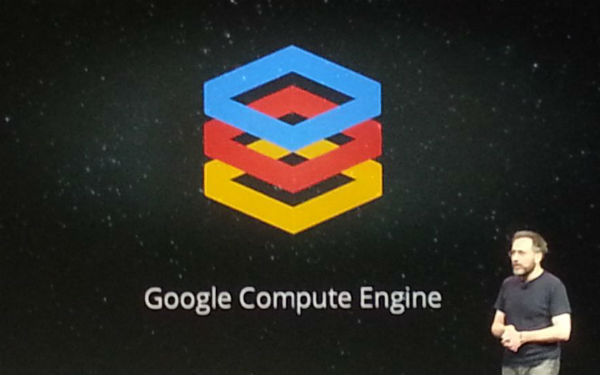
Google has decided to go after the giant of the cloud computing behemoth Amazon, as the search engine giant has slashed the prices of its Cloud Storage service by more than 20 percent and pumped up its baby bird, Compute Engine so it can challenge the lone competitor. Google Compute Engine is an IaaS (infrastructure-as-a-service) launched back in June of this year and thus far has not been made available for the use of the general public.
Google’s Director of New Products and Solutions, Shailesh Rao said during an interview that his firm had planned this move to boost the demand and to go after Amazon, but up until now, the corporation has not finalized any date to make this service available for all.
Rao said that Google Compute Engine has received tremendous reviews because it launches virtual servers with speed and ease. Google is expecting that a huge number of Silicon Valley start-ups will sign up this service, especially the ones that are located in the neighbouring areas such as Palo Alto, Mountain View and others. In addition to this, existing companies could also become their clients should they want to develop a new app to be run in the cloud data centre.
Shailesh also said, “We have a long ways to go, but we’re excited about what we’ve been able to do so far.” Rao is also sure of Google Compute Engine’s success because his company has hardly ever had to sell patrons on the dependability of their infrastructure because their data centre servers are the same that are running Google search, as he said, “We’ve built a beautiful house over the last 14 years. Now we want people to come and stay as long as they want.”
Aside from reducing their price of Cloud Storage, Google has also introduced restricted preview of Durable Reduced Availability (DRA) storage raging a battle that “provides a lower price storage option by enabling you to trade off some data availability while still offering the durability your storage demands.”
Moreover, Google has also unveiled 36 types of instance as well as “reducing the price of our original four standard instances by about 5 percent for those currently in our preview.” Then there is Persistent Disk Snapshotting, “which makes it simple to instantly create a backup of your disk, move it around Google data centers, and use the snapshot to start up a new VM.”
Besides making these moves, Google will launch the following in the “the coming weeks”:
High Memory Instance – is an instance that is especially developed for apps, which requires huge amounts of memory.
High CPU Instance – on the other hand is designed for apps, which do not demand much memory.
Diskless Configurations – is another low cost option like High CPU that is tailored for apps that exclusively make use of persistent disk, but do not need ephemeral disk.
Source: Wired